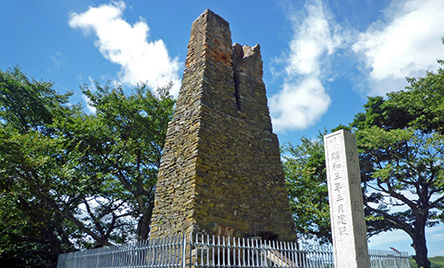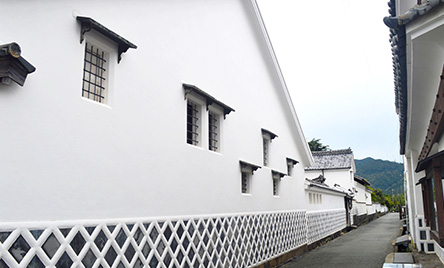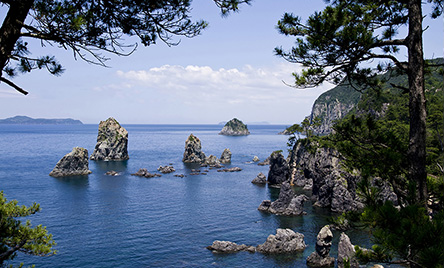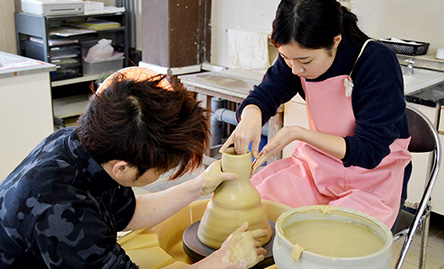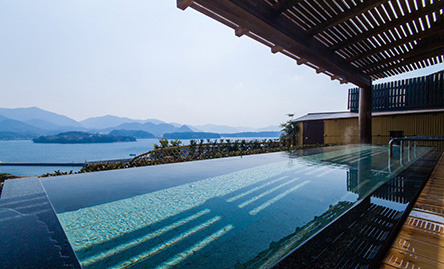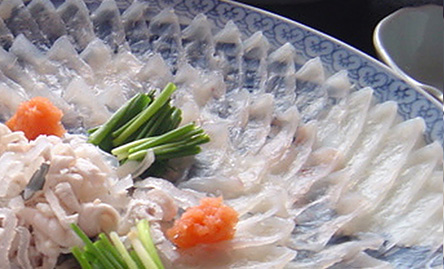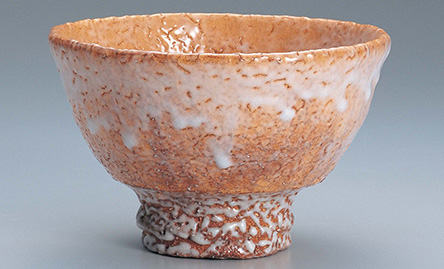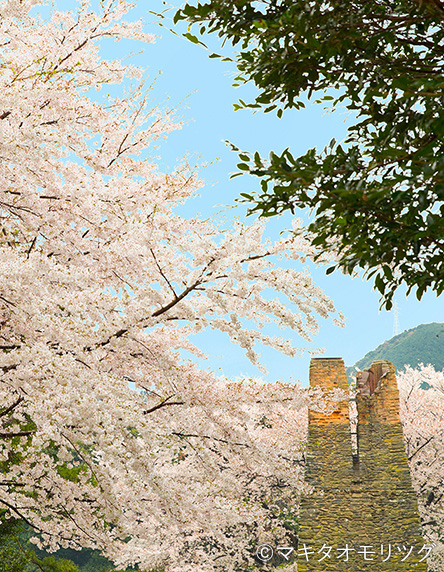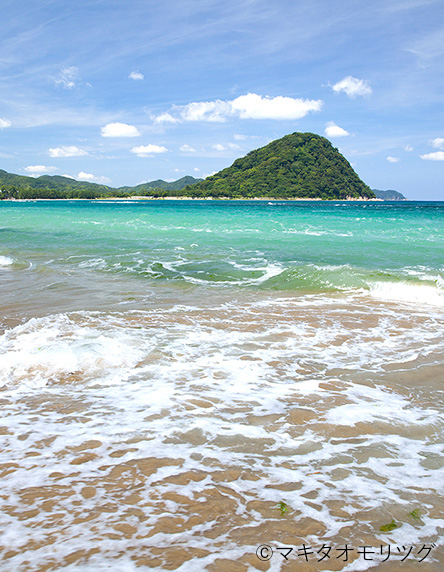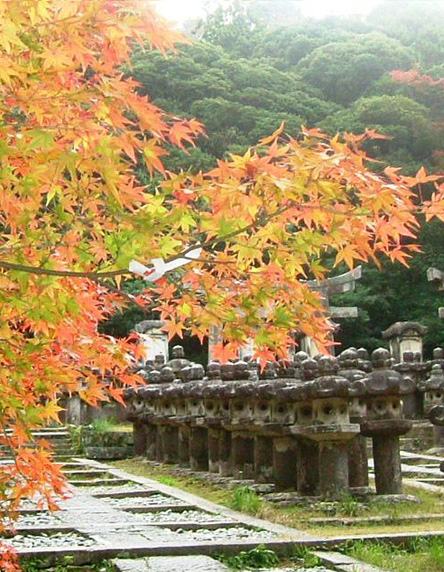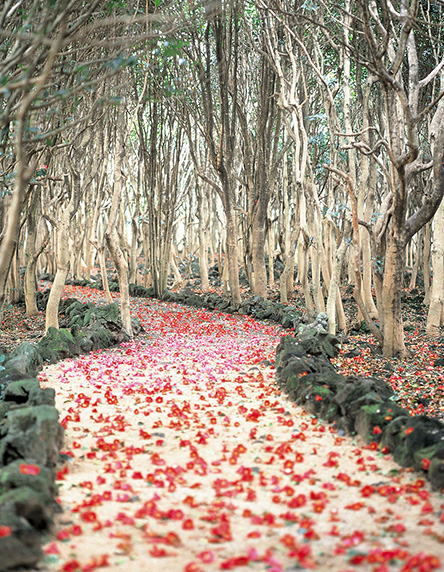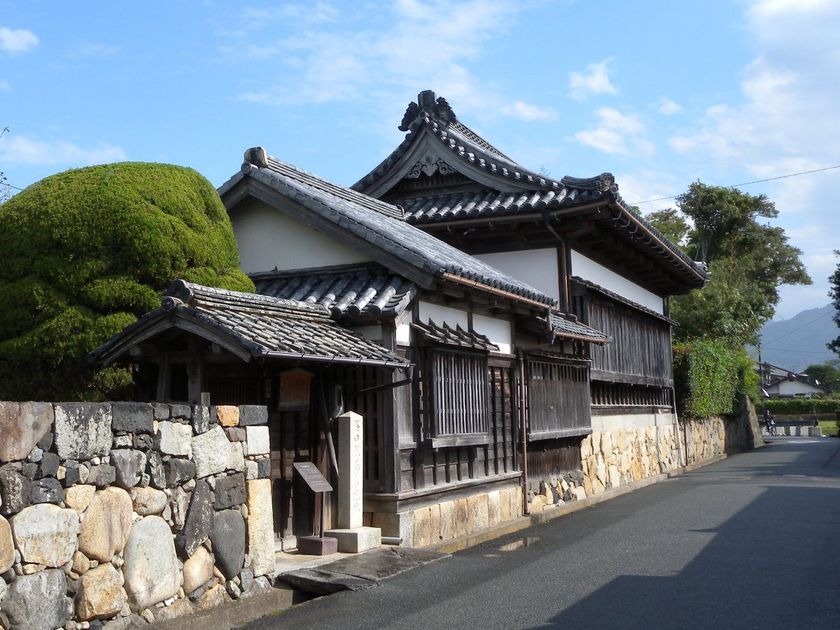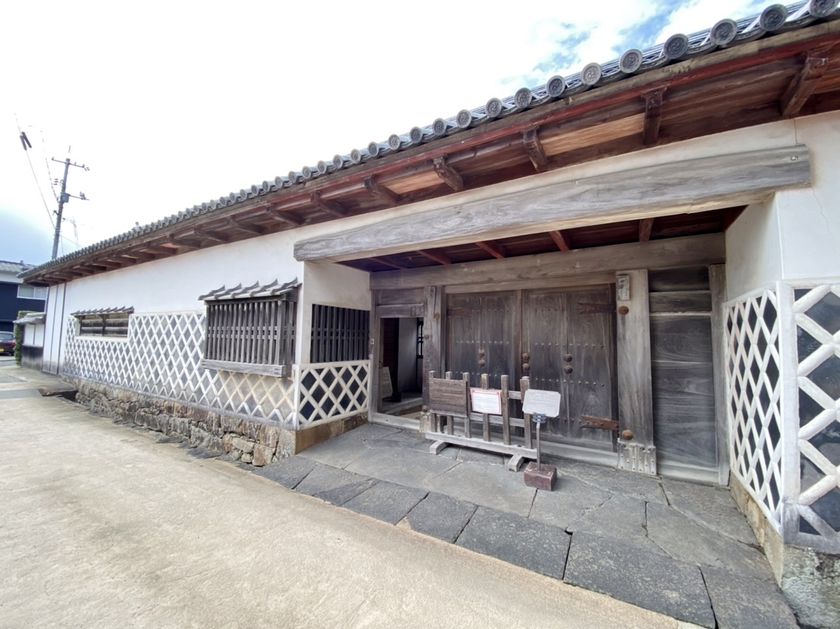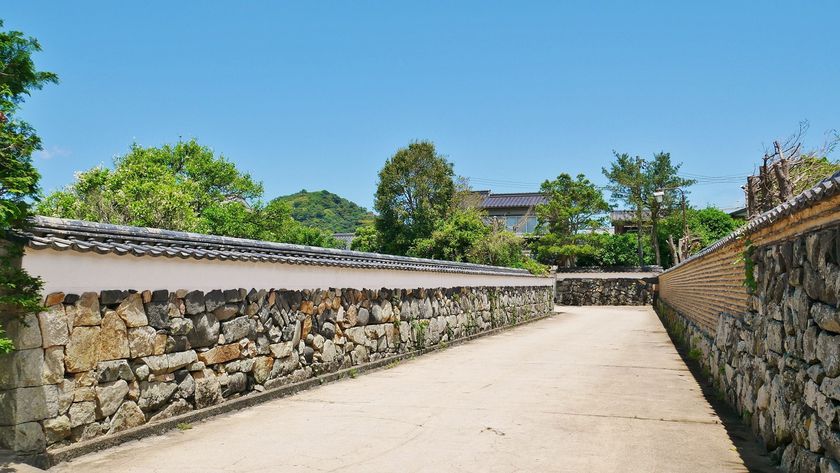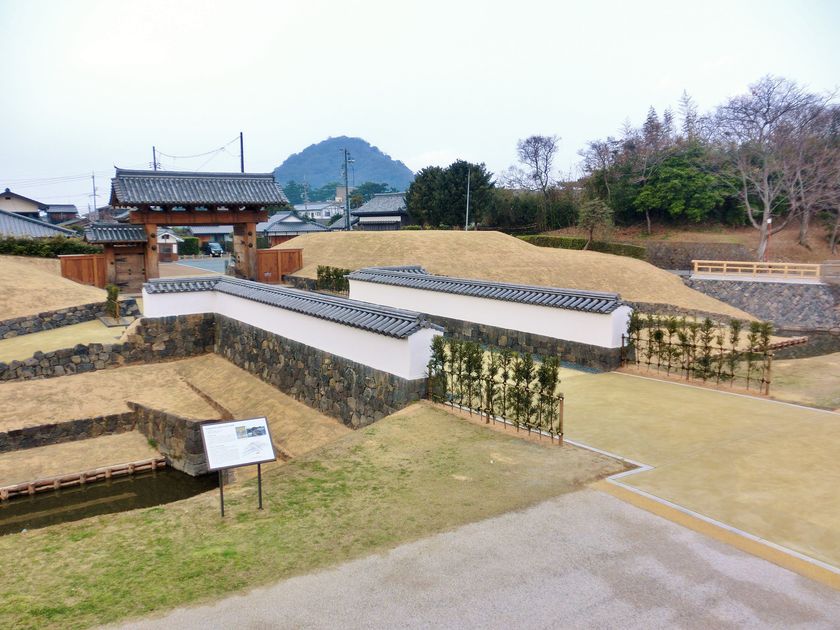Part of the UNESCO World Heritage “Sites of Japan’s Meiji Industrial Revolution.”
The high-ranking samurai of Chōshū domain lived on the low-lying land where the Abu River meets the Japan Sea. The district is a veritable treasure trove of architecture from the Edo period (1603–1867).
Undamaged by natural disasters or the urban development that has erased so much of Japan's historical heritage, the white walls and narrow streets of the residential district are vivid reminders of the days when samurai served the Mōri lords of Chōshū domain.
The Mōri family were on the losing side in the Battle of Sekigahara (1600), and the victorious Tokugawa forced them to give up over half of their territory and move their capital to Hagi, a small fishing village on the Japan Sea coast, far from the capital in Edo. Sandwiched between two rivers, the castle town was built on a low-lying sandy delta. Hagi Castle was built with its back to the sea at the foot of Mt. Shizuki, a tall hill at the mouth of the western river. The residences of the daimyo lord’s retainers were strategically placed south of the castle, between the inner and outer moats, as the first line of defense. Any enemy advancing on the castle from inland would have to cross a river, several moats, and fight their way through a maze of narrow-walled streets packed with samurai.
The proximity of the samurai residences to the castle and the daimyo reflected the social hierarchy of the time. Society was divided by hereditary occupation: samurai at the top, followed by farmers, artisans, and finally merchants at the bottom. The higher an individual’s social rank, the closer to the castle they were allowed to live.
Today, many of the district’s beautiful white earthen walls have been preserved, and it is a pleasant place to stroll and ponder what life must have been like in the Edo period. The former residential district was declared a Nationally Important Preservation District for Groups of Traditional Buildings in 1976. Together with the merchant district, it makes up the area known as Hagi Castle Town, which is part of the UNESCO World Heritage “Sites of Japan’s Meiji Industrial Revolution.”
(This English-language text was created by the Japan Tourism Agency. )
These locations are included in this area :
Kuchiba Family Residence
Tenjuin Mausoleum
Kita no Sōmon Gate
Basic info
| Phone | 0838-25-3139 (Hagi Tourist Information) |
|---|---|
| Address | Horiuchi, Hagi |
| Website | https://www.hagishi.com/en/world-heritage/ |
